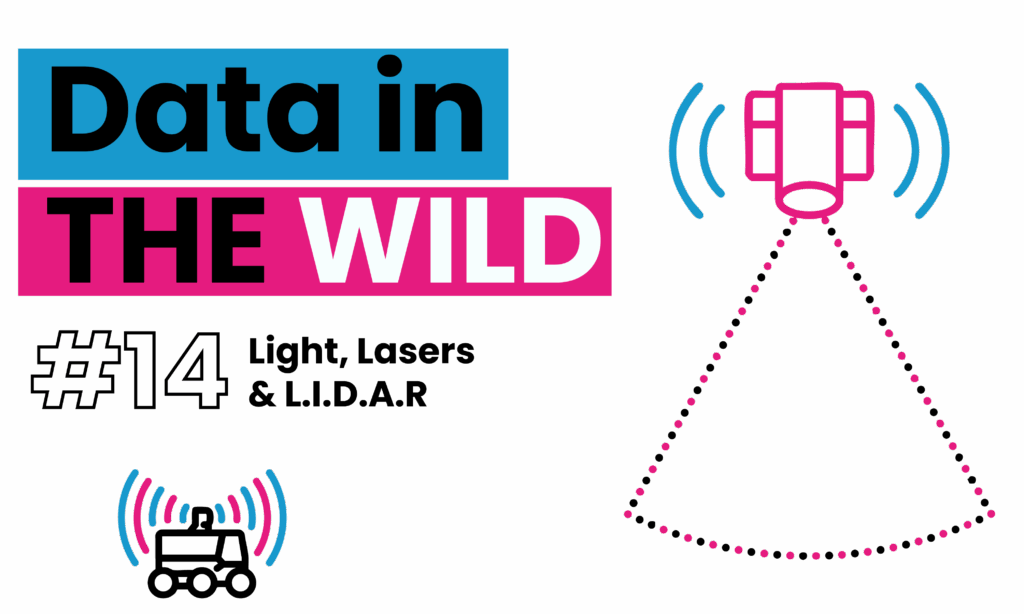Fullfiling a Childhood Dream
Last time, I talked about remote sensing, basically, how we use technology to sense and collect data about our environment. Think of it as your five senses, but upgraded with tech.
My favourite version of this, without a doubt, is LiDAR, which stands for Light Detection and Ranging. Why is it my favourite? Easy: lasers. As a kid, my fascination with lasers started after watching an episode of Drake and Josh (don’t ask which one, just trust it was iconic). And honestly, adult me still thinks lasers are amazing. So let’s talk about what LiDAR can actually do.
Welcome to Data in the Wild
Welcome back to Data in the Wild the series where we highlight real-world examples of data collection and visualization in action. As always, it’s a pleasure to be speaking to a group of people whose views on AI are as polarized as opinions on Marmite. Today, we’re diving into light, lasers, and LiDAR.
🔬A Quick Laser Detour
Before we go too far, let’s talk about the real star of this show: the laser. It turns out “laser” is also an acronym (brace yourself): Light Amplification by Stimulated Emission of Radiation.
The difference between a laser and, say, a light bulb is in how the light behaves. Normal light sources (like bulbs or the sun) emit light in different wavelengths that scatter. Laser light, on the other hand, is carefully manufactured so that all the wavelengths line up in phase and shoot in the same direction.
The result? A beam that’s:
- Narrow and focused
- Super bright
- Able to travel long distances without dispersing
Basically, it’s tailor-made for precision measuring. Also, it looks cool.
So What exactly is L.I.D.A.R
The “L” in LiDAR stands for light, because light is what’s used to measure distance. Here’s how it works:
A laser emits pulses of light towards a target. Those pulses bounce back to a sensor, and the system measures how long that round trip takes. Because light travels at a constant speed (2.99792458 × 10⁸ m/s — thank you GCSE physics), we can use the formula
Distance = Speed × Time
to calculate the exact distance to the object. Tweet
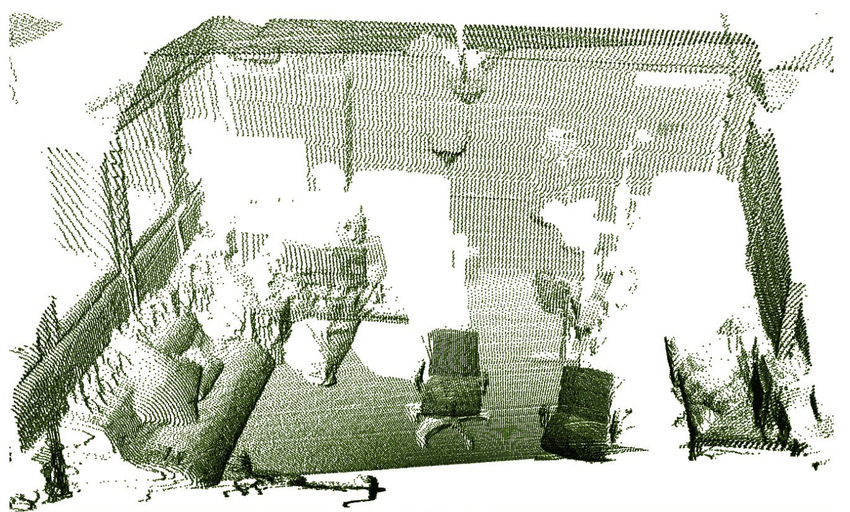
From Lasers to Point Clouds
Here’s where it gets fun. Every time a LiDAR system measures a distance, it records a point in space and not just one. We’re talking millions of these points, each with:
- An x coordinate (longitude)
- A y coordinate (latitude)
- A z coordinate (height or depth)
Together, these points form what’s called a point cloud. If a regular 2D map is like drawing on paper, a point cloud is like building a Lego model of the real world. It gives us an incredibly detailed 3D picture of whatever’s being scanned, from forests to city blocks.
Why This Matters
This is why I love LiDAR. With these 3D coordinate datasets, we can explore places in incredible detail without even being there.
- Without going to the pyramids, we can recreate their structure from a cold London winter.
- Without climbing a volcano, we can study its shape and see how it might affect nearby towns.
- Without disturbing habitats, we can analyse forest structures and see how human activity is changing the landscape.
And that’s just the start. L.i.D.A.R is used in archaeology, conservation, city planning, autonomous vehicles… the list keeps growing.
💸 But isn’t it Expensive?
Yeah, it is. If you’re starting from scratch, a full LiDAR setup usually involves:
- A LiDAR-equipped drone
- Licences and regulatory paperwork
- Insurance
- Storage for massive datasets
- Software and skilled pilots/operators
All in, you’re looking at around $20,000+ to get going properly. So yes, there’s a barrier to entry. But for smaller experiments, community projects, or collaborations, it’s becoming more accessible than you might think. That’s a topic for another day.
LiDAR takes something invisible, light, and uses it to map the world in stunning 3D detail. It’s data collection at its most elegant and, honestly, its most fun.
So if you are a fan of these more in-depth breakdowns on data sourcing and how tech can be used to understand the world, see you next time when we uncover more data… in the wild.
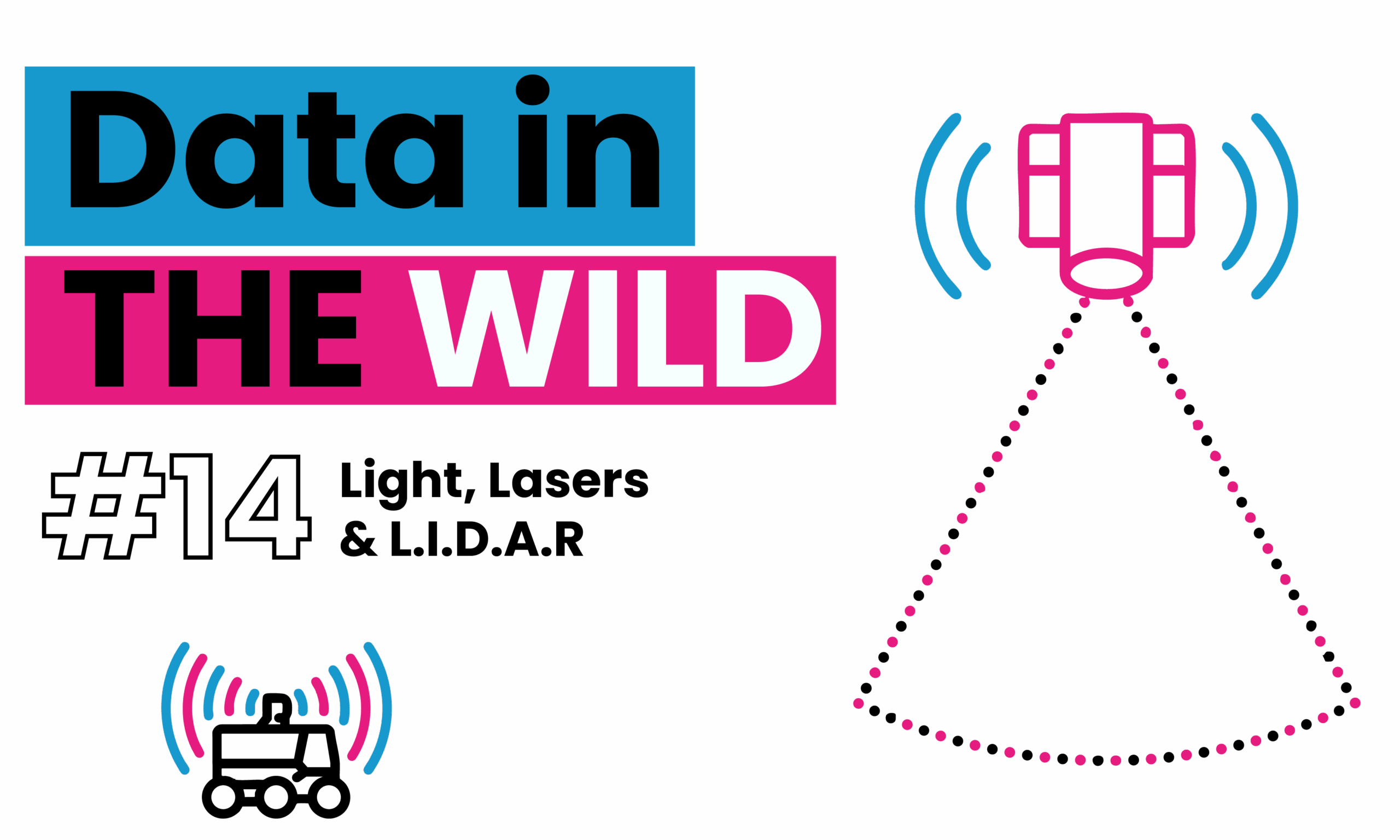
Data in the wild #14: Light, Lasers & LIDAR
Imagine mapping the world using light. That’s exactly what LiDAR does. It fires laser pulses that bounce off objects and return to a sensor, calculating distances with GCSE-level physics. Repeating this millions of times creates point clouds detailed 3D maps. From mapping cities to powering self-driving cars, LiDAR reveals the invisible.
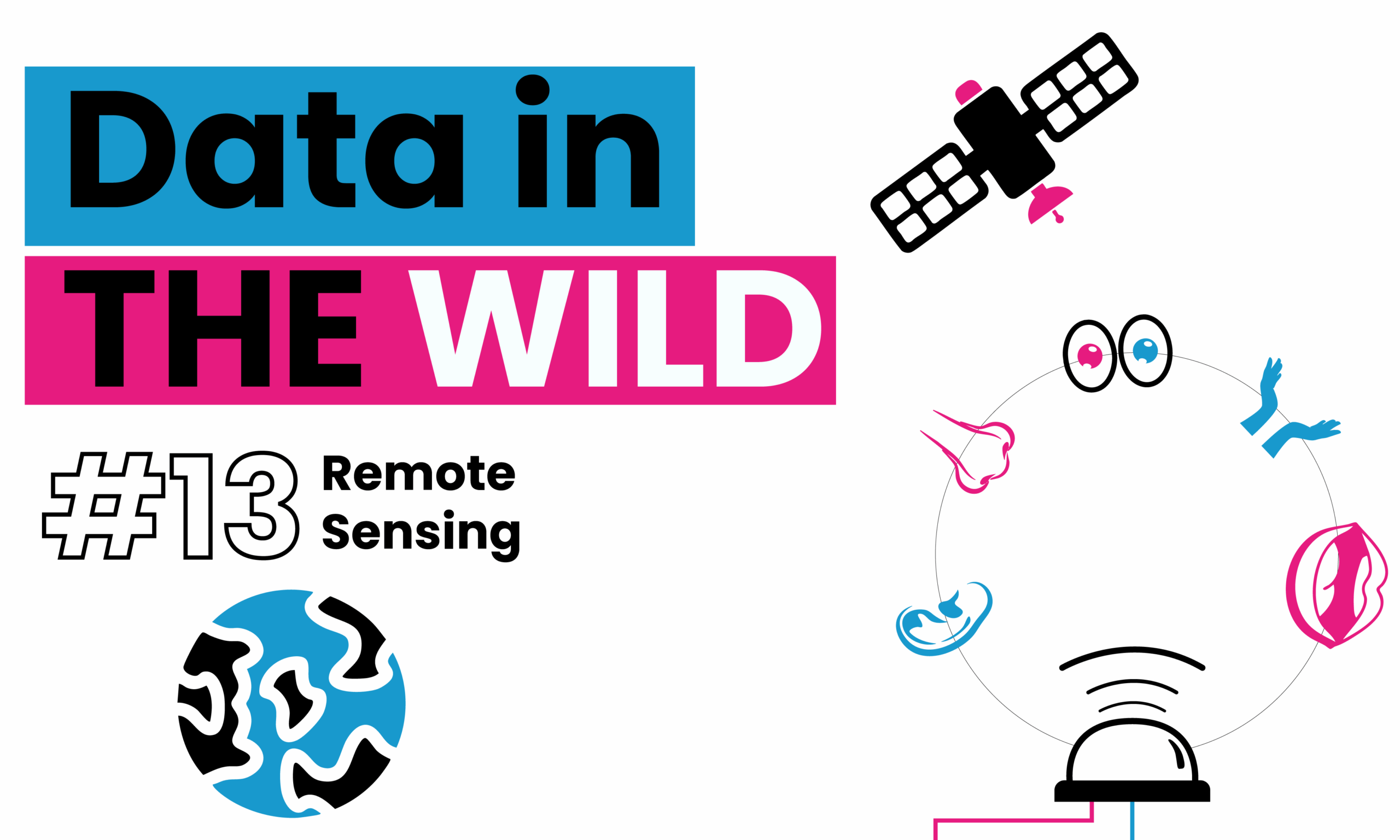
Data in the Wild #13: Remote sensing
Our five senses are amazing… but limited.
Enter remote sensing: satellites, planes, and sensors that upgrade how we see the world. From zooming in on Google Earth to mapping the ocean floor sometimes the best datasets aren’t online — they’re captured from above, below, and beyond.
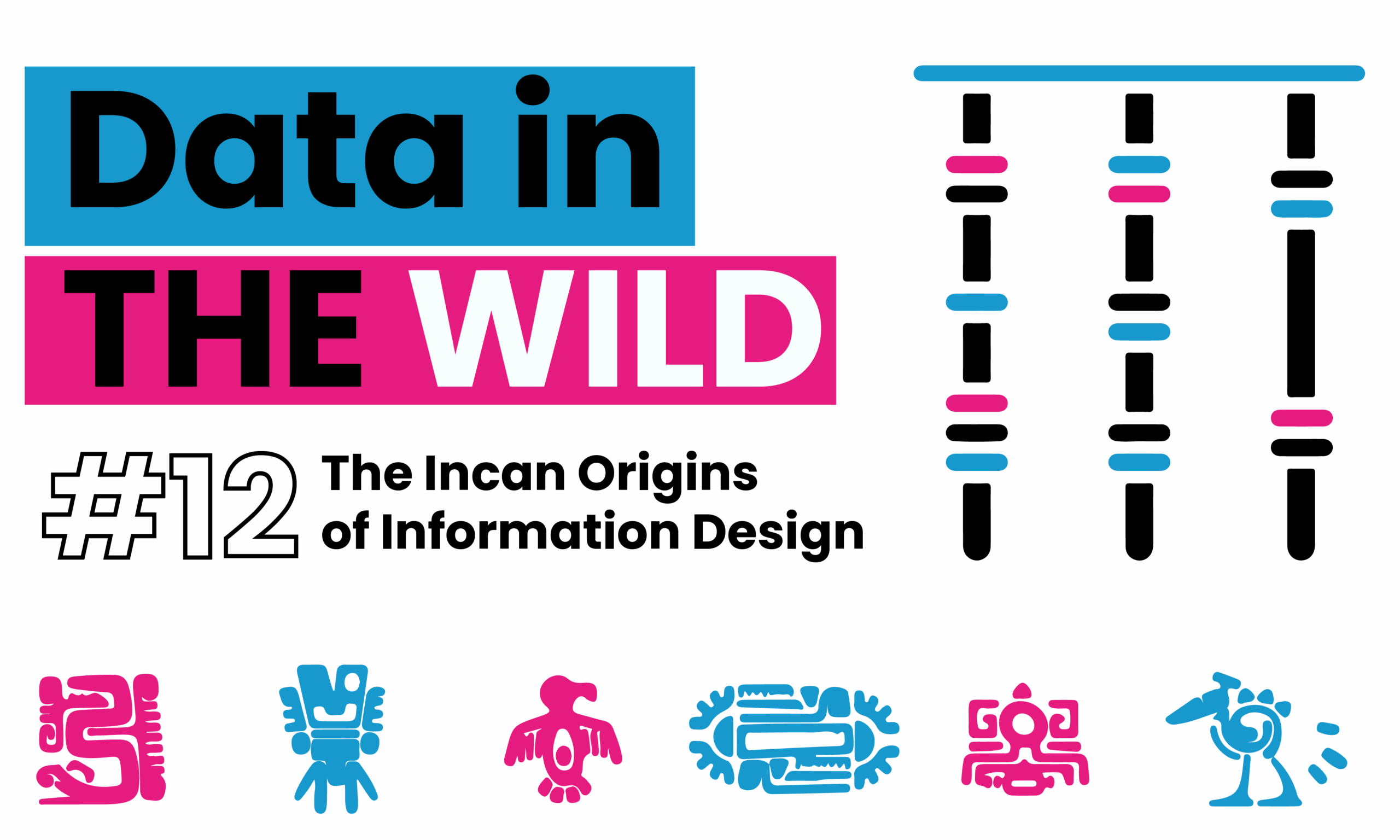
Data in the Wild #12: The Incan Origins of Information Design
Ancient Andean cultures used quipus knotted strings as a powerful form of data encoding. Long before spreadsheets, these tactile tools tracked census data, resources, and stories. Each knot carried meaning. Portable, durable, and deeply structured, quipus are a forgotten ancestor of modern data viz reminding us that information has always needed form.

